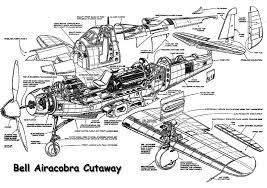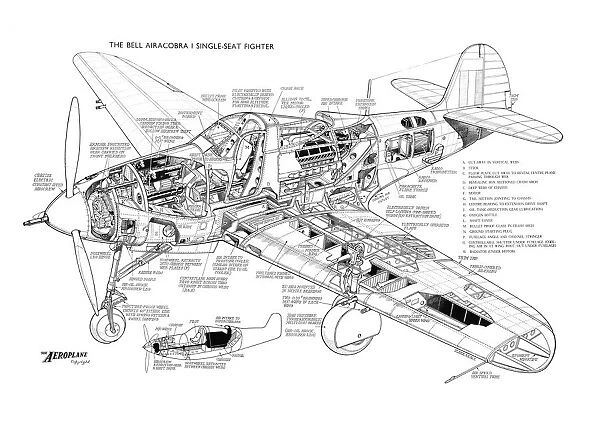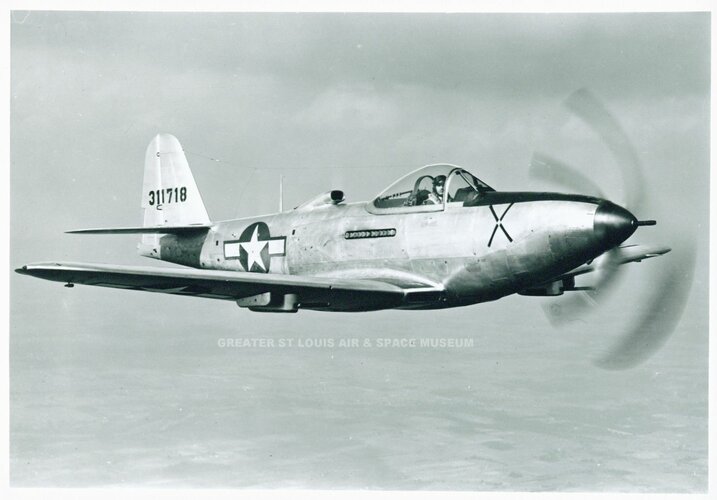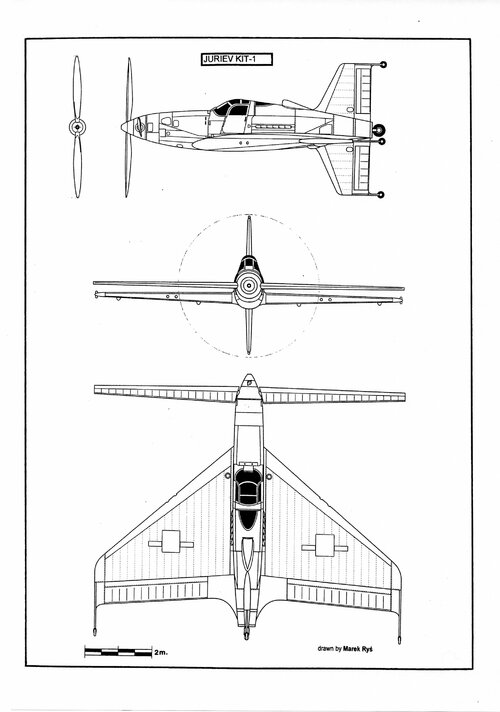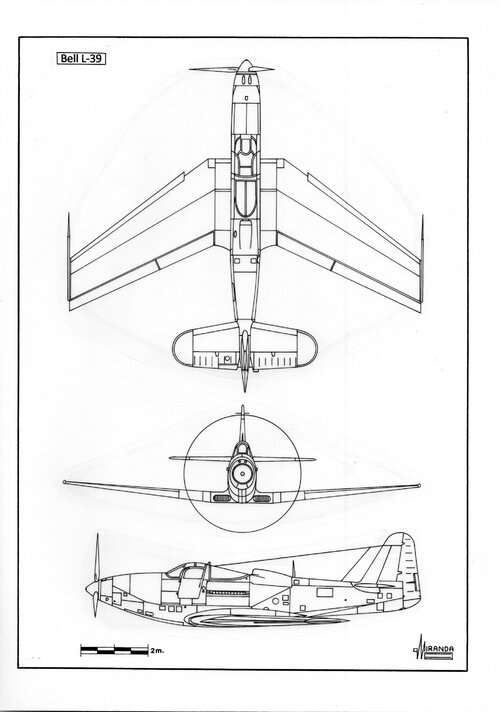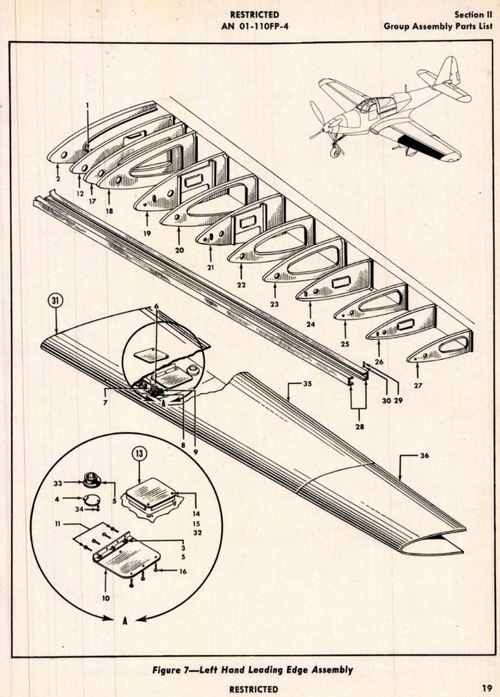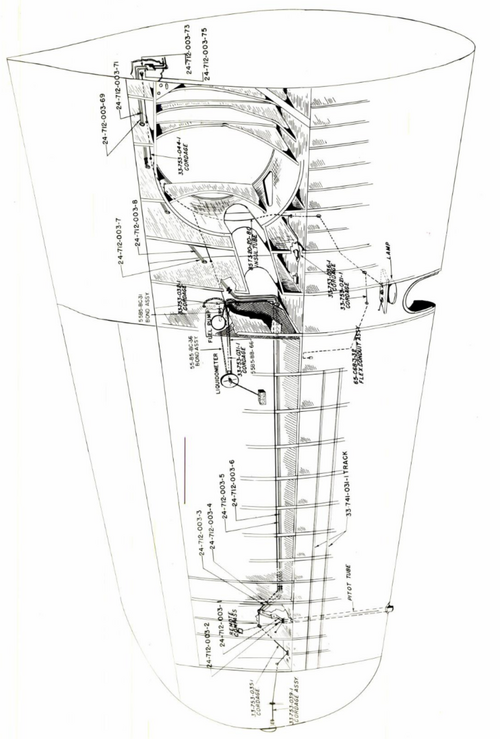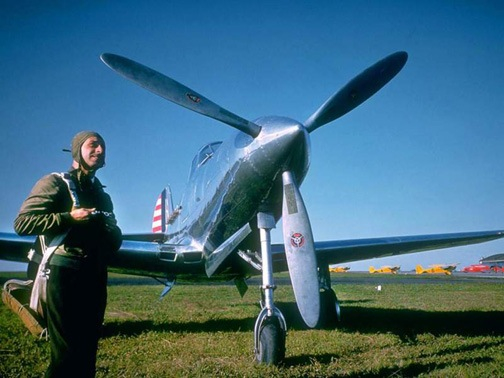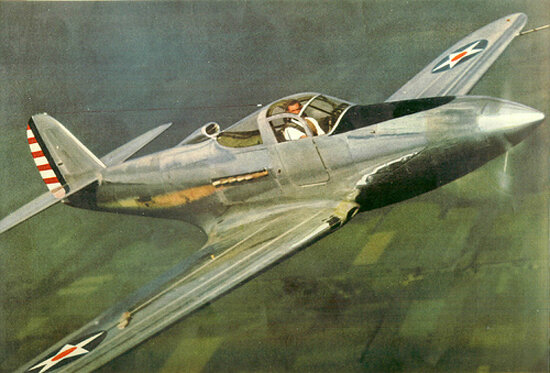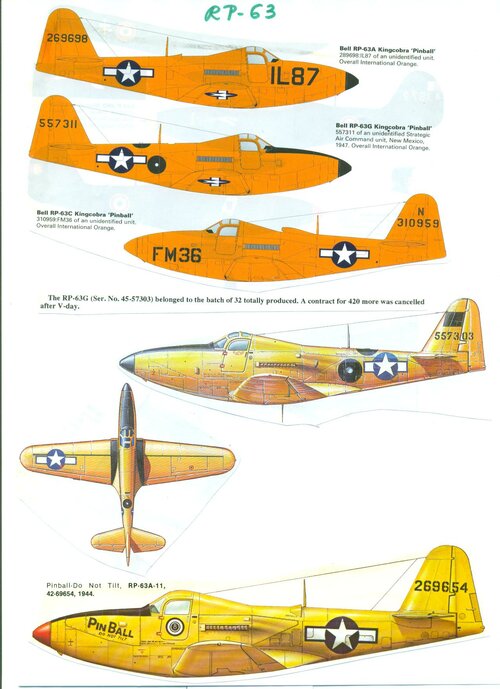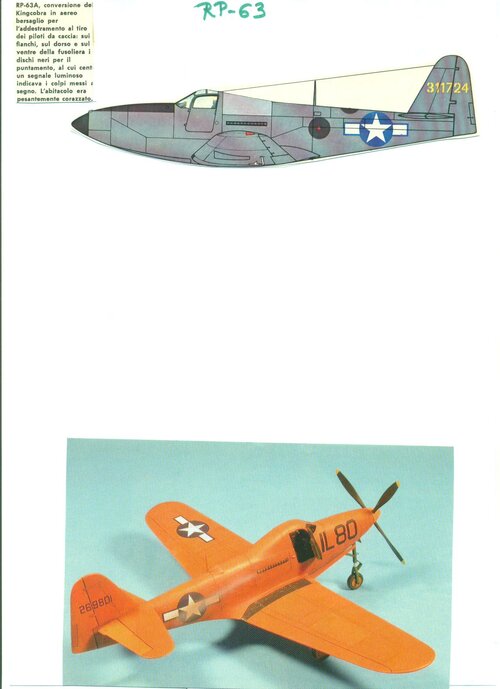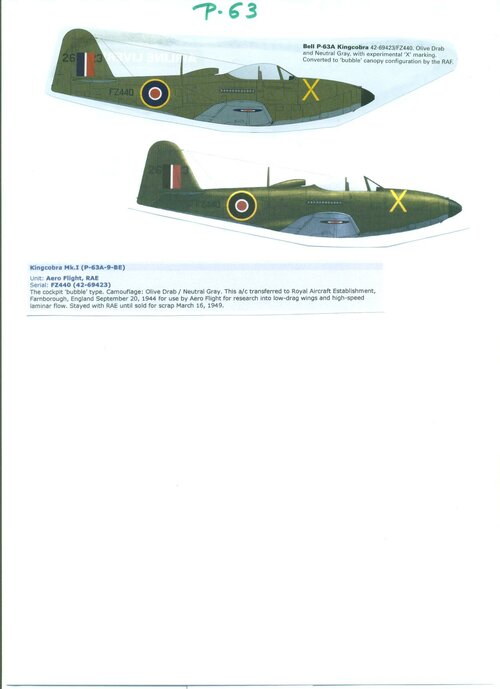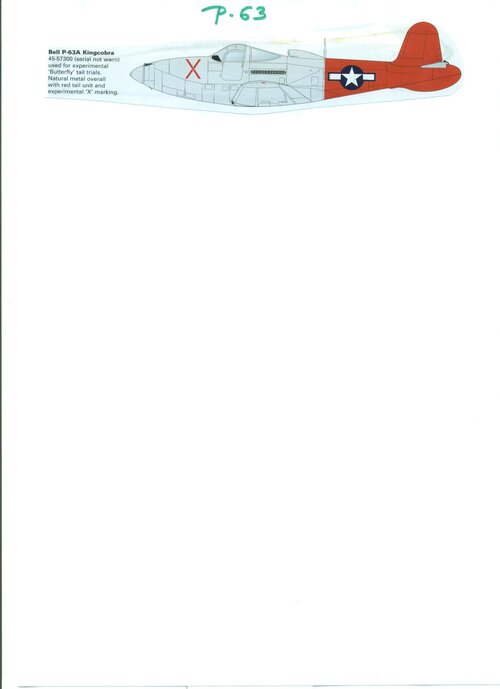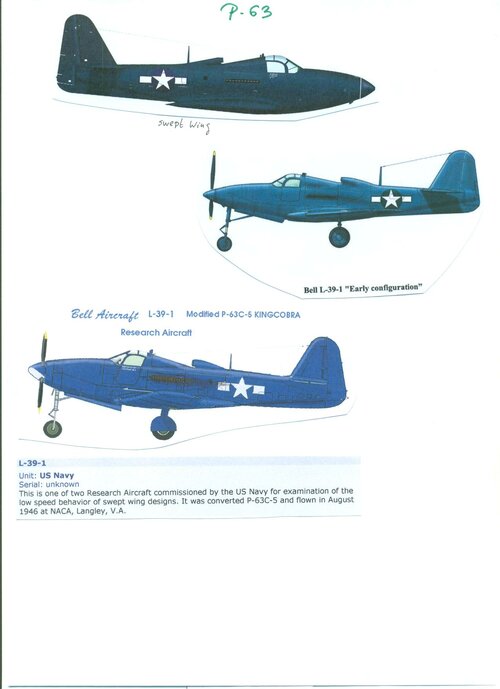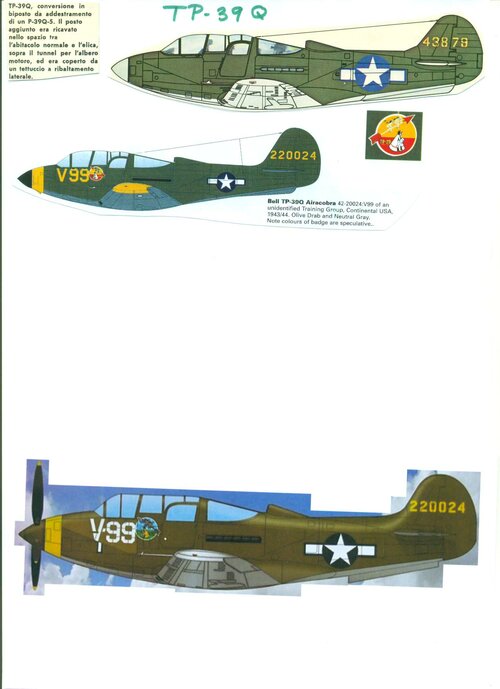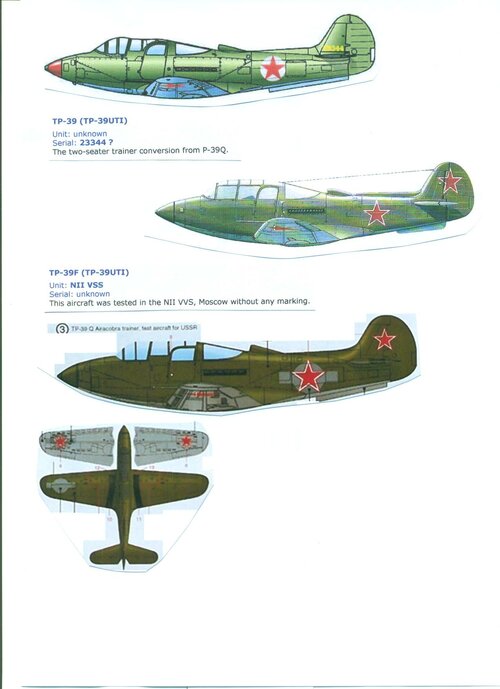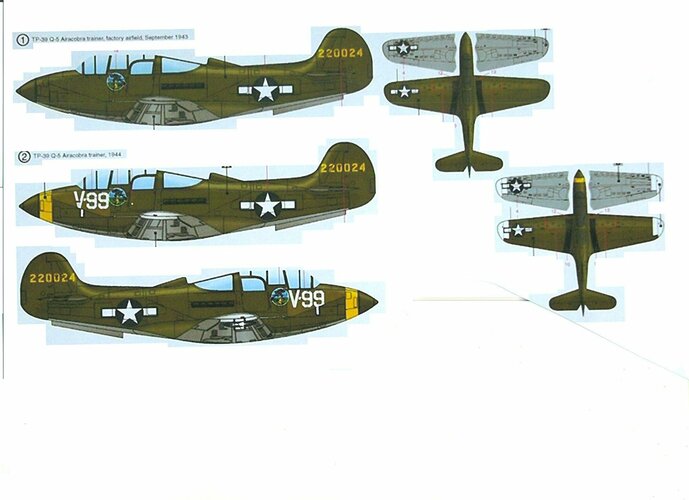hol up..... is that a VTOL version with counter rotating props and a ramjet?
On 8 January 1941, an engineer of the Bell Aircraft Corporation named Arthur Young applied for a patent of a tail sitter VTOL airplane. It was propelled by one radial engine located behind the pilot driving two big contra-rotating propellers by means a geared drive shaft.
It was a clever application of the technology developed by Bell in 1937 to propel the P-39 fighter.
For security reasons the patent Nº 2382460 was not published until 14 August 1945.
In 1946 the Juriev OKB bureau of design developed the Juriev KIT-1, a VTOL point defence interceptor based on the propulsion system of the Bell P-39
Airacobra.
The novelty, compared with the Young design, consisted of the usage of two propellers with different diameter.
The forward two bladed metallic propeller, with 4.28 m of diameter, was used for propulsion purposes only, the rear one, with 9.28 m of diameter, had a light structure partially covered by fabric and was used to balance the rotation of the other during take-off and landing.
The stability in vertical flight was achieved by the wing and tail control surfaces.
In horizontal flight, the rotor was disconnected from the drive shaft and blocked in parallel to the wing, with zero-degree pitch, acting as a canard plane.
Bibliography: Soviet magazine
Technika-Molodiozhi, 1983.
Juriev KIT-1 Technical data
Power plant: one 1,100 hp. Klimov VK-108 liquid cooled piston engine, wingspan: 30 ft. (9.12 m), length: 25.8 m (7.89 m), wing surface: 300 sq. ft. (27 sq. m), armament: two wing mounted 20 mm ShWAK cannons or four 12.7 mm Beresin BS heavy machine guns.

